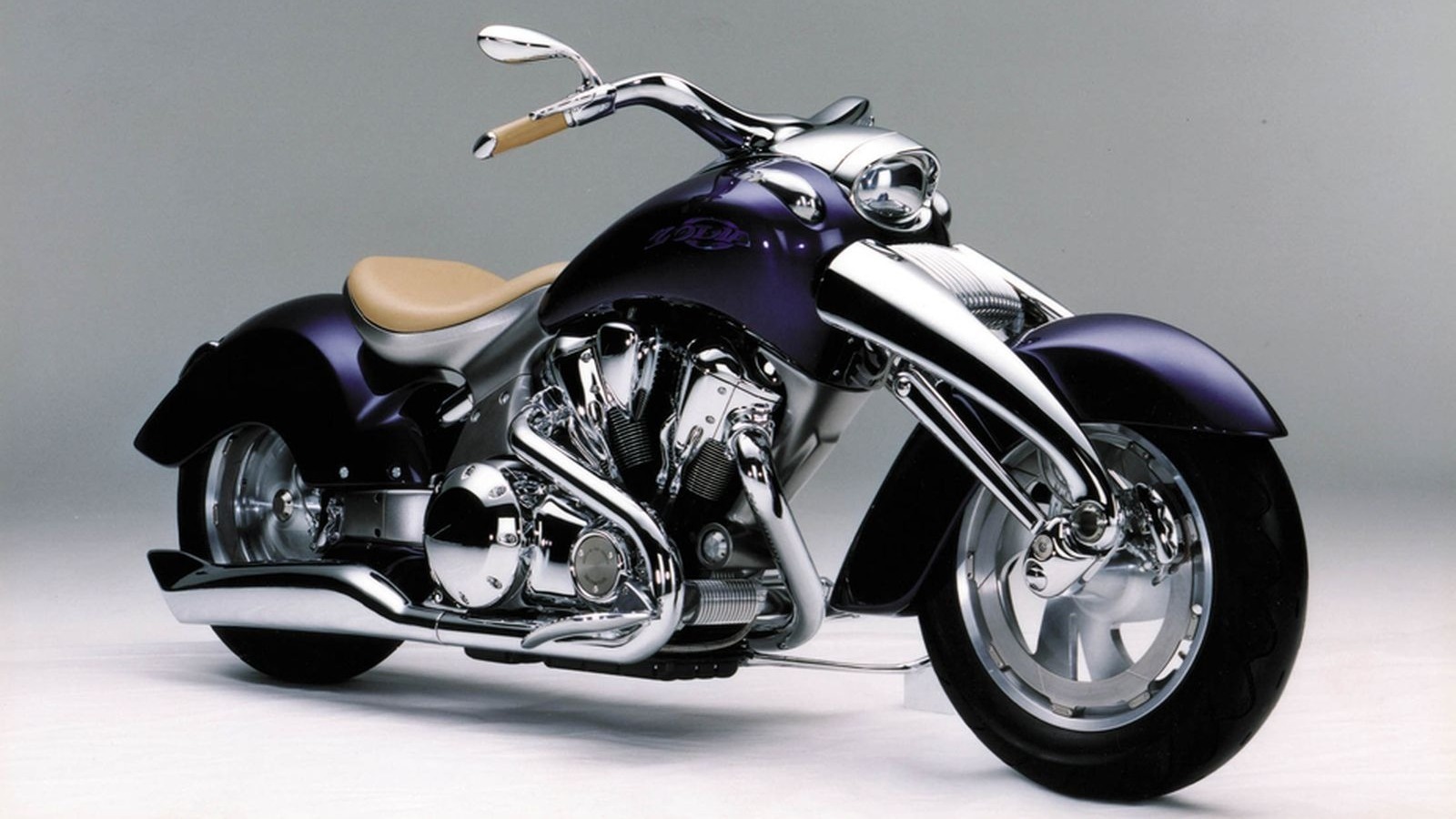
The trailing-link front suspension on the front of the Zodia is decades-old technology that more or less fell out of favor for the telescoping fork (via National Motorcycle Alliance). It eventually made its way onto the Rune with its incredible 9-inch differential. The single-sided swingarm on the back was tech typically seen on sport and GP-style bikes, but not cruisers.
Another interesting feature was the rim-mounted brake assist, with Honda using its combined Linked Braking/Antilock Braking System (via Honda). A linked braking system engages both the front and rear brakes simultaneously when either one is applied, resulting in better balance and control (via Honda).
As expected, the Zodia elicited “oohs” and “ahs,” but since it was a concept bike, no one thought it would ever get made. Three years later, Honda began trotting out additional versions vastly different from each other, starting with the T1 and its Gold Wing flat-six engine in late 1998. In 2000, it showed off three more versions at the Cycle World Show in Long Beach, California (via TopSpeed).
The T2 is what the Rune takes the most design cues from, while the T3 was inspired by drag racing. Lastly, the T4 was explicitly built as an internal “exercise in construction techniques” (via Gold Wing World). Some of the design choices Honda showcased in these eventually made their way into Honda’s line of “purpose-built” VTX hot rods beginning in 2001.
Stay connected with us on social media platform for instant update click here to join our Twitter, & Facebook
We are now on Telegram. Click here to join our channel (@TechiUpdate) and stay updated with the latest Technology headlines.
For all the latest Gaming News Click Here
